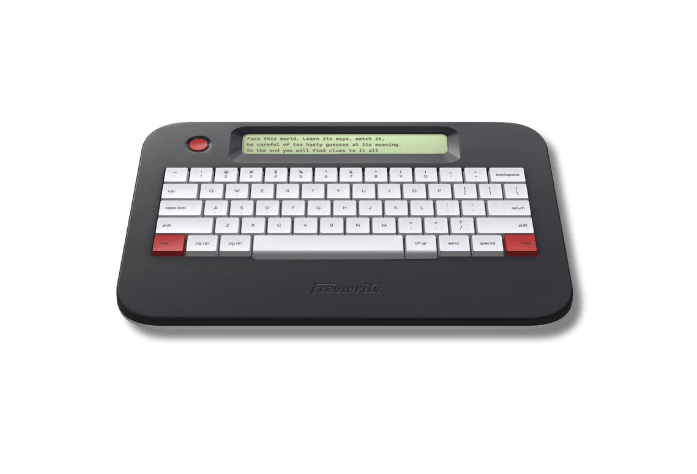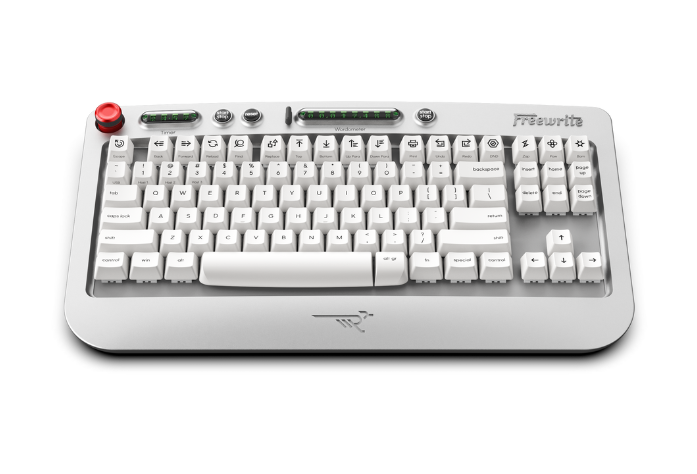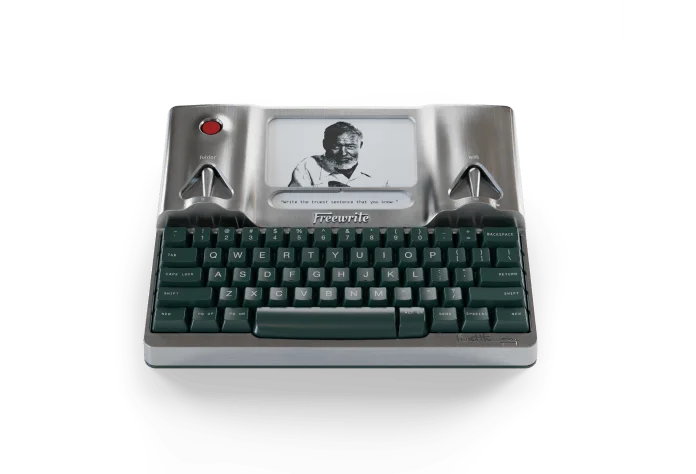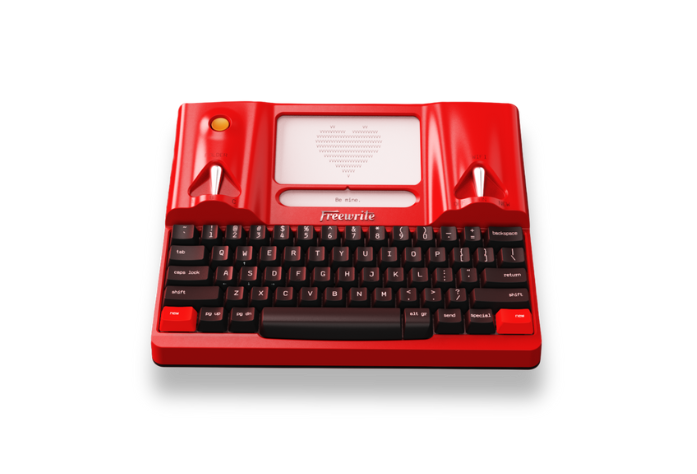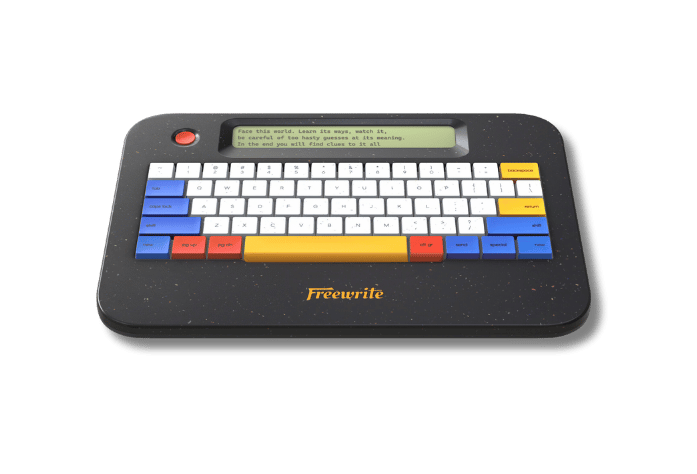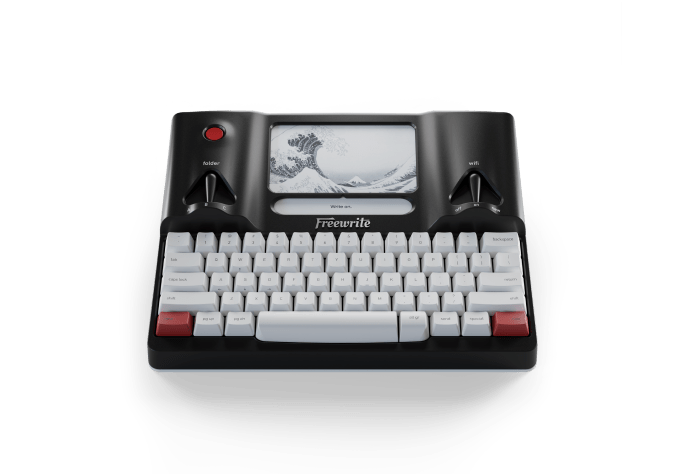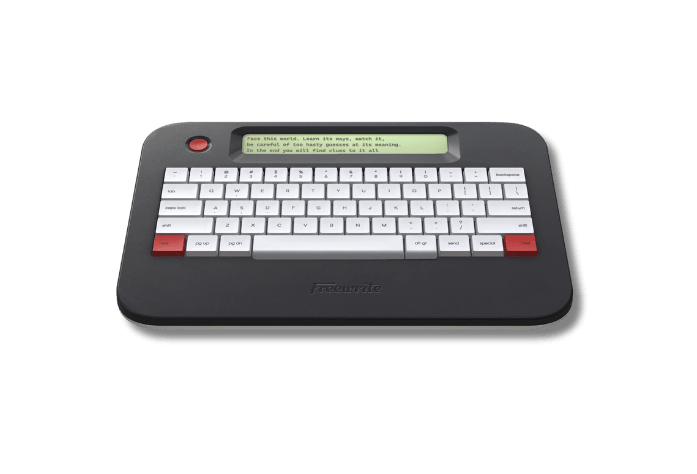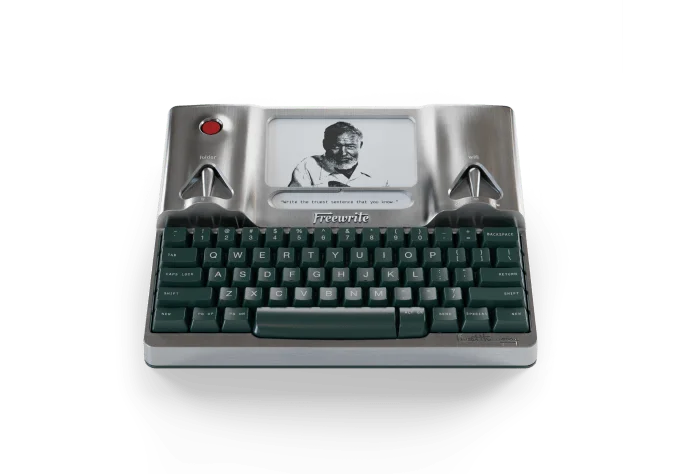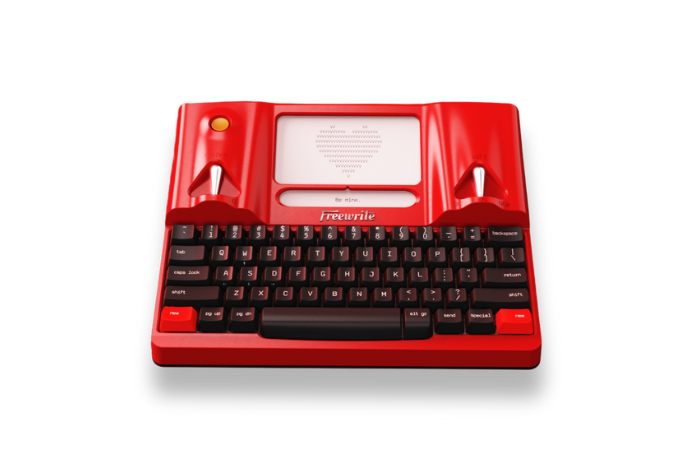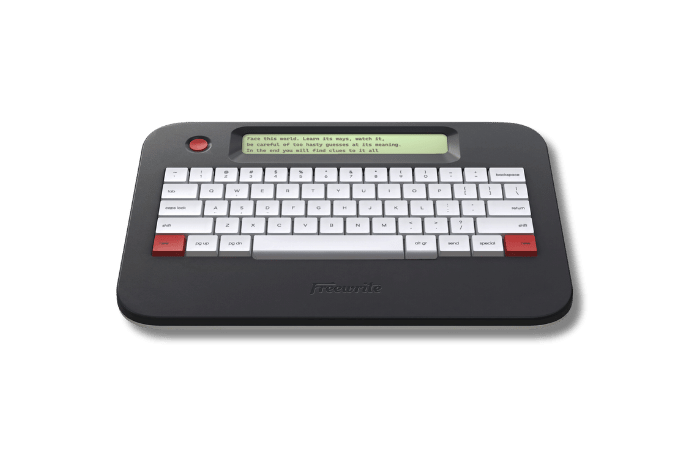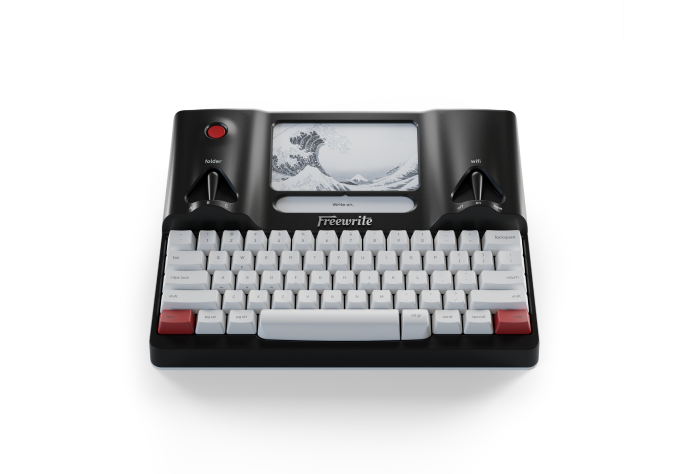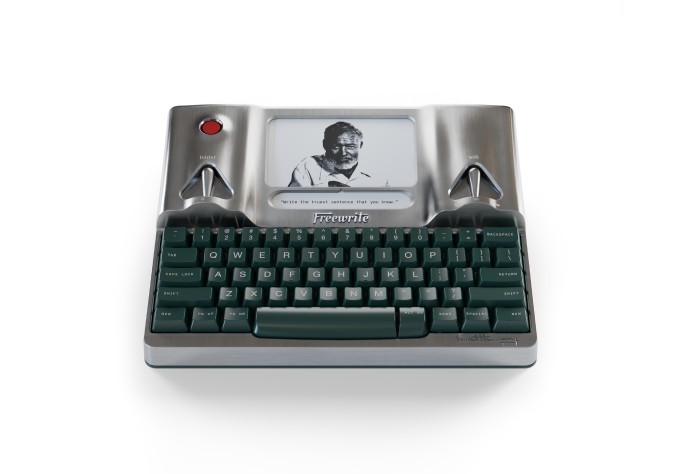NaNoWriMo, or National Novel Writing Month, takes place every year in November. It’s the time when thousands of writers around the world come together to take on the challenge of writing 50,000 words in just 30 days. If you’ve ever wondered when this exciting writing event happens or how to get involved, you’re in the right place. Whether you're looking to kickstart your writing journey or simply want to know what the hype is all about, we’ve got the details you need to dive into NaNoWriMo this year!
When Does NaNoWriMo Take Place?
NaNoWriMo ran every November, a month chosen for its cool, dreary weather that encouraged writers to stay indoors and focus. The challenge’s fixed schedule and clear timeframe made it a highly anticipated annual event for writers worldwide until its closure in 2025.
Exact Dates and Timing
The NaNoWriMo challenge officially started at 12:00 a.m. on November 1 and ended at 11:59:59 p.m. on November 30, based on each participant’s local time. This 30-day window gave writers exactly one month to write at least 50,000 words, averaging 1,667 words per day. The local time rule ensured flexibility across time zones, so a writer in Tokyo could begin at midnight JST, while one in New York started at midnight EST. The challenge attracted hundreds of thousands of writers at its peak, with over 413,000 participants globally in 2022.
Why November?
NaNoWriMo wasn’t always a November event. When Chris Baty launched it in July 1999 with 21 participants in San Francisco, the summer timing didn’t stick. In 2000, Baty shifted the challenge to November, citing the colder, gloomier weather as ideal for staying inside to write. The move paid off, with 140 writers joining that year, including international participants. November’s shorter days and cozy vibe became a hallmark of the event, encouraging writers to hunker down and focus. The fixed schedule also aligned well with the academic calendar, making it easier for students and educators in the Young Writers Program to participate.
How the Schedule Worked
Participants registered on nanowrimo.org in October to set up profiles and announce their novels. The challenge required writing a new 50,000-word manuscript - either a complete novel or the first 50,000 words of a longer work - within November’s 30 days. Writers could plan and outline beforehand, but no prose written before November 1 counted. The website’s word count tracker let participants log daily progress, with graphs showing their journey toward the goal. Before 2019, winners submitted manuscripts for automated word count verification; afterward, they entered counts manually to earn badges and certificates. Sponsors like CreateSpace offered prizes, such as free paperback proofs, for those who hit 50,000 words.
Community Events Tied to November
NaNoWriMo’s November schedule was packed with community activities to keep writers motivated. Municipal Liaisons, volunteer organizers, hosted kickoff parties - often the weekend before November or on Halloween night past midnight - where writers gathered to start typing together. Throughout the month, local write-ins provided spaces for group writing, while online forums buzzed with discussions. A “Thank God It’s Over” party in early December celebrated completions. These events, tied to November’s timeline, created a sense of shared momentum, with over 413,000 participants joining globally in 2022.
Final November and Closure
NaNoWriMo’s last challenge occurred in November 2024, as the nonprofit announced its closure in March 2025, effective April 2025, due to financial struggles and community disputes. That final November still followed the traditional schedule, giving writers one last chance to participate in the iconic 30-day sprint. While the event no longer runs, its November legacy inspires writers to create their own month-long challenges using tools like Freewrite devices or other writing platforms.
Camp NaNoWriMo: Writing Challenges in April and July
Camp NaNoWriMo was NaNoWriMo’s more flexible sister program, offering writers a chance to tackle creative projects in April and July. Launched in 2011, it provided a less intense alternative to the November challenge, with customizable goals and a summer camp vibe.
Unlike the main event’s fixed 50,000-word target, Camp NaNoWriMo let writers set their own word count goals, starting as low as a few thousand words, or choose other metrics like hours or pages. Held in two sessions - April and July - it catered to writers who couldn’t commit to November or wanted year-round challenges. Participants joined virtual “cabins” on the NaNoWriMo website to collaborate with small groups, sharing progress and encouragement via private message boards. The program merged into the main site after its standalone website closed, making it easy to access.
Key features of Camp NaNoWriMo included:
-
Timing: Sessions ran the full months of April and July, starting at 12:00 a.m. on the 1st and ending at 11:59:59 p.m. on the 30th or 31st, local time.
-
Flexible Goals: Writers chose word counts, hours, or pages, suitable for novels, scripts, or nonfiction.
-
Community: Virtual cabins fostered group support, with options to join friends or be randomly assigned.
-
Free Access: Like NaNoWriMo, it was free, with registration opening a few weeks before each session.
NaNoWriMo Preparation: When to Start Planning
Getting ready for NaNoWriMo’s November sprint required planning, and the preparation window typically opened in October. This pre-challenge phase helped writers organize their ideas and connect with the community to build momentum.
NaNoWriMo’s website opened registration in early October, allowing writers to create free accounts, set up novel profiles, and explore NaNo Prep resources. These included worksheets for outlining plots, developing characters, and world-building, all designed to help writers hit the ground running on November 1. Planning could start earlier, as the rules allowed notes and research anytime, as long as no prose was written before the challenge. Writers also joined regional groups or forums to network with “Wrimos” and attend events like kickoff parties in late October.
Key preparation steps included:
-
October Sign-Up: Register on nanowrimo.org or ywp.nanowrimo.org (for those under 18) starting in early October.
-
NaNo Prep Tools: Use free worksheets and guides to brainstorm ideas and set daily word targets (1,667 words average).
-
Community Engagement: Join forums or regional groups in October to connect with writers and plan for local or virtual events.
-
Event Attendance: Participate in kickoff parties, often held the last weekend of October or Halloween night, to start November with enthusiasm.
Stay Focused and Catch Up with a Distraction-Free Writing Device
For writers chasing the 50,000-word goal of National Novel Writing Month (NaNoWriMo) in just 30 days, staying focused is everything.Freewrite devices, crafted by Astrohaus, are purpose-built to eliminate distractions like social media, email, and apps, helping you enter a writing flow and produce up to 2-3 times more words per hour. With E Ink or LCD screens that reduce eye strain, tactile mechanical keyboards, and seamless cloud syncing to Postbox, Google Drive, Dropbox, Evernote, or OneDrive, Freewrite ensures your drafts are secure and ready for editing later. The single-purpose design creates a serene writing space, perfect for hitting NaNoWriMo’s daily 1,667-word target.

1. Smart Typewriter
The Smart Typewriter is a distraction-free writing device designed to keep you focused on your words. With its mechanical keyboard and E Ink display, you can write comfortably for hours without distractions like emails or social media. Its durable aluminum body and long-lasting battery make it reliable for any writing session. Whether you're drafting a novel or working on a short story, this device helps you stay in the zone, syncing your work to the cloud for easy access and backup when you're ready to edit.
Main Features:
-
E Ink display with frontlight for easy reading
-
Full-size mechanical keyboard with Kailh Box Brown switches
-
Durable aluminum body with retractable handle
-
Distraction-free drafting to keep you focused
-
Syncs drafts to Postbox, Google Drive, Dropbox, or Evernote via Wi-Fi
-
Long-lasting battery for uninterrupted writing
-
Multiple language and keyboard layouts available

2. Alpha Raven Black with Backlight
The Alpha Raven Black with Backlight is a compact, ultra-portable writing device designed for writers on the go. Weighing just 1.6 lbs, it’s perfect for everything from daily commutes to long trips. With a warm backlight and cloud syncing capabilities, it allows you to write anytime and anywhere. The Alpha is optimized for distraction-free drafting, helping you stay focused without the temptation of social media, email, or notifications.
Main Features:
-
Warm backlight with adjustable brightness levels for writing anytime
-
Low-profile Kailh Choc V2 key switches for quiet, comfortable typing
-
Compact design weighing just 1.6 lbs, ideal for portability
-
Syncs drafts to Postbox, Google Drive, Dropbox, or Evernote via Wi-Fi
-
100-hour battery life for long, uninterrupted writing sessions
-
Supports over 30 languages and 60+ keyboard layouts

3. Traveler
The Traveler is a lightweight, portable writing device designed to help you write without distractions. With its E Ink display, long battery life, and compact design, it’s perfect for writers on the go. Whether you're traveling, commuting, or working from a coffee shop, the Traveler ensures that you stay focused on your writing. It automatically syncs your work to the cloud, making sure you never lose any progress.
Main Features:
-
E Ink display that’s glare-free and sunlight-readable
-
Full-size scissor switch keyboard for a smooth and comfortable typing experience
-
Ultra-lightweight design at just 1.6 lbs, perfect for portability
-
Wi-Fi syncing to Postbox, Google Drive, Dropbox, Evernote, or OneDrive, plus USB-C offline transfers.
-
Long-lasting battery with up to 4 weeks of usage on regular use
-
Supports over 60 languages and 85+ keyboard layouts

4. Alpha Cosmic Edition
The Alpha Cosmic Edition is a unique, portable writing device designed to help you stay in the creative zone. With its warm backlight, anti-glare screen, and lightweight design, it’s perfect for writing day or night. The Cosmic Edition comes with an exclusive felt sleeve, adding an extra touch of style and protection. Whether you’re writing on the go or in a quiet room, the Alpha Cosmic ensures your writing flow remains uninterrupted by distractions.
Main Features:
-
Comfortable backlight with adjustable brightness levels for writing day or night
-
Full-size mechanical keyboard with Kailh Choc V2 low-profile switches for smooth typing
-
Ultra-portable at just 1.6 lbs, ideal for traveling and creative journeys
-
Continuous storage for up to one million words
-
Syncs drafts to Postbox, Google Drive, Dropbox, or Evernote via Wi-Fi, with USB-C offline transfers available.
-
100-hour battery life for long, uninterrupted writing sessions
-
Supports 30+ languages and 60+ keyboard layouts
-
Comes with an exclusive felt sleeve for added protection and style

5. Hemingwrite Signature Edition
The Hemingwrite Signature Edition is a premium writing device that combines the iconic features of the Smart Typewriter with a tribute to Ernest Hemingway. Designed in collaboration with Hemingway’s estate, this special edition device comes with a raw aluminum body, green keycaps, and a polished finish that makes each unit unique. It also includes a luxurious cognac leather attaché case, ensuring your device stays protected as you embark on your writing adventures.
Main Features:
-
Raw aluminum chassis with green keycaps for a premium, hand-polished finish
-
Licensed collaboration with the Ernest Hemingway estate
-
E Ink screen with frontlight for distraction-free writing day or night
-
Full-size mechanical keyboard with tactile switches for a satisfying typing experience
-
Continuous cloud syncing to automatically back up documents
-
Comes with a custom-fitted cognac leather attaché case for protection and style
Conclusion
National Novel Writing Month, or NaNoWriMo, was a cornerstone of creative writing, uniting writers globally each November to draft 50,000-word novels in 30 days. Its fixed schedule from November 1 to November 30, chosen for its cozy, indoor-friendly weather, fueled participation from 140 writers in 2000 to over 413,000 by 2022. Beyond November, Camp NaNoWriMo in April and July offered flexible writing sessions, while October preparation supported planning. Though NaNoWriMo closed in April 2025 due to financial and community challenges, its November legacy endures, inspiring writers to pursue focused writing sprints using tools like Freewrite devices or other platforms.
Frequently Asked Questions
When did NaNoWriMo officially run each year?
NaNoWriMo took place annually from November 1 at 12:00 a.m. to November 30 at 11:59:59 p.m., local time. Writers aimed to complete a 50,000-word manuscript in these 30 days, averaging 1,667 words daily to meet the challenge’s goal.
When were Camp NaNoWriMo sessions held?
Camp NaNoWriMo ran in April and July each year, with sessions covering the full month from the 1st at 12:00 a.m. to the 30th or 31st at 11:59:59 p.m., local time. Participants set flexible word count or time-based goals and joined virtual “cabins” for support.
When should writers have started preparing for NaNoWriMo?
Preparation typically began in October when nanowrimo.org opened registration. Writers could sign up, use NaNo Prep resources like worksheets for planning, and join forums or regional groups to connect with others before the November 1 start.
When did NaNoWriMo end, and why?
NaNoWriMo announced its closure in March 2025, effective April 2025, with its final challenge in November 2024. The nonprofit cited financial difficulties and community disputes, including controversies over AI policies and forum moderation, as reasons for shutting down.



